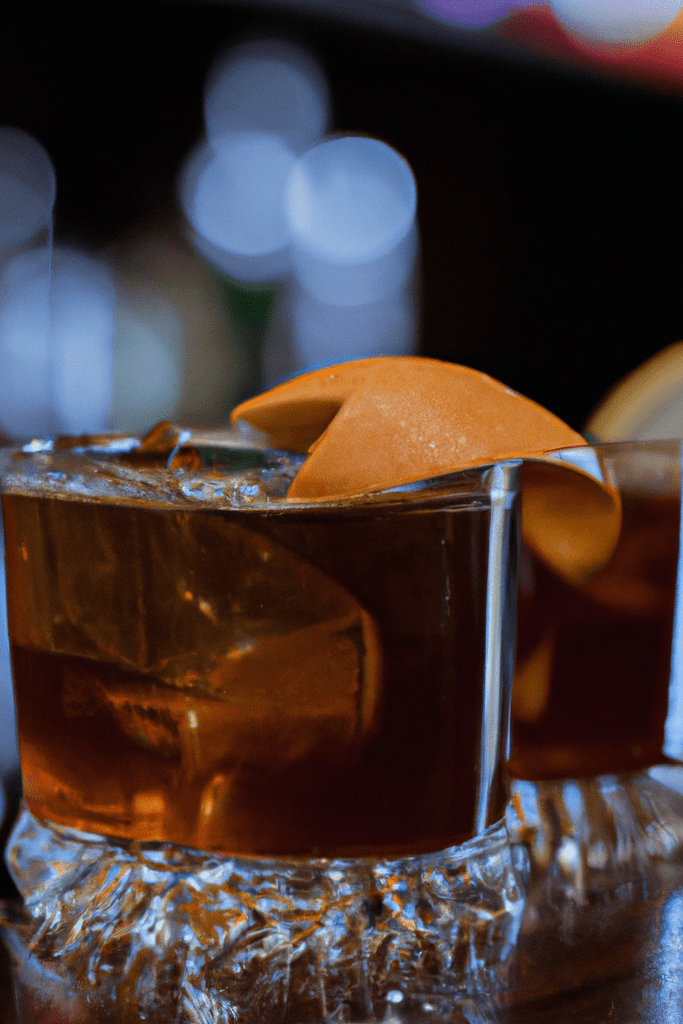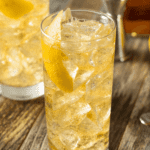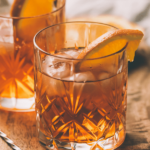 Bourbon: It’s America’s native spirit, and if you’re only just getting to know it, you may be feeling a bit overwhelmed. Where do you start? This beginner’s guide will take you through everything from the basics of bourbon production to what makes a perfect pour. Get ready for an adventure into the wild world of whiskey!
Bourbon: It’s America’s native spirit, and if you’re only just getting to know it, you may be feeling a bit overwhelmed. Where do you start? This beginner’s guide will take you through everything from the basics of bourbon production to what makes a perfect pour. Get ready for an adventure into the wild world of whiskey!
Exploring the Rich History of Bourbon Whiskey
Bourbon whiskey is a type of American spirit that has its roots in Kentucky. Legend has it that the first settlers to land in America brought with them a recipe for an aged corn-based whiskey, which they proceeded to distill and age in charred oak barrels. The result was a drink unlike any other – smooth, spicy and full-bodied, with notes of caramelized sugar, vanilla and butterscotch.
It wasn’t until 1964 that bourbon was officially recognized by Congress as “America’s Native Spirit” — just one example among many of how this unique drink holds an esteemed place within our nation’s history. Today, bourbon continues to be crafted using traditional methods passed down through generations; each bottle serves as testament to the skill and dedication poured into making this superior tasting liquor.
What Makes Bourbon Unique?
At its core, bourbon is made from at least 51% corn mash blended with rye or wheat grain plus malted barley before being distilled at 160 proof or lower. Then comes aging – most bourbons spend anywhere between two to four years mellowing inside new white oak barrels charred on the inside before bottling takes place (in some cases up to 20 years). This process gives the spirit its signature deep amber hue along with distinctive flavors like smoky caramel, spice and dried fruit notes courtesy of natural aging compounds called vanillin molecules released by wood during maturation.
The regulations surrounding production are also quite stringent: all bourbons must be bottled at 80 proof or higher while containing no added flavoring agents whatsoever – ensuring only pure spirits hit shelves without any unnecessary additives detracting from flavor quality or integrity. It goes without saying that real bourbon connoisseurs recognize these qualities when seeking out their favorite brands!




